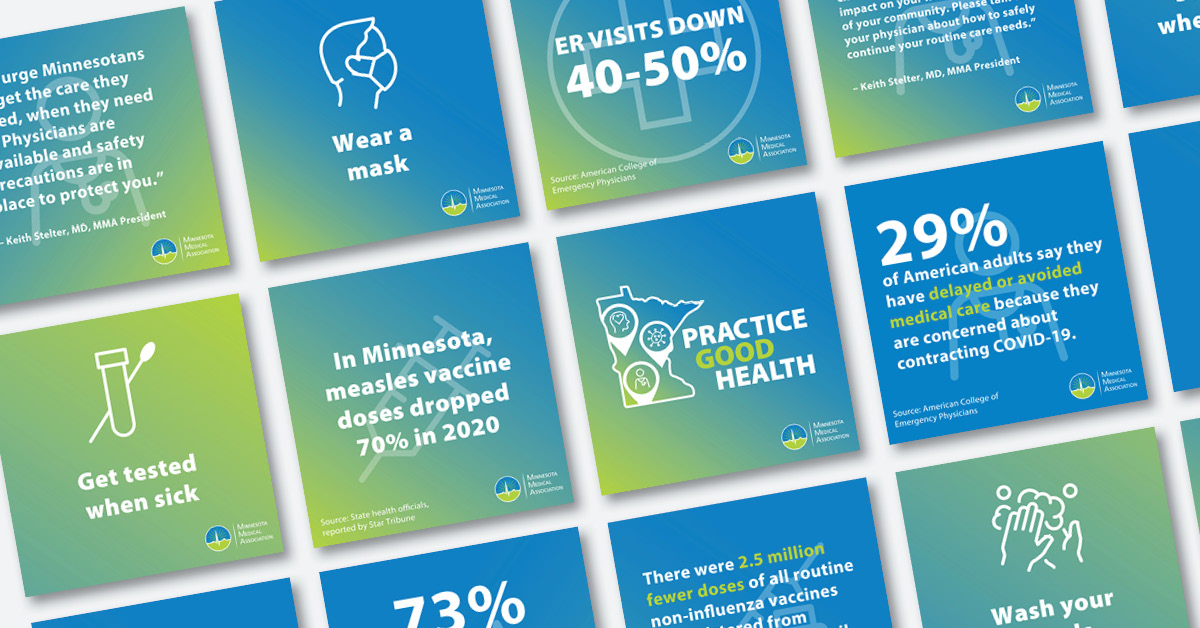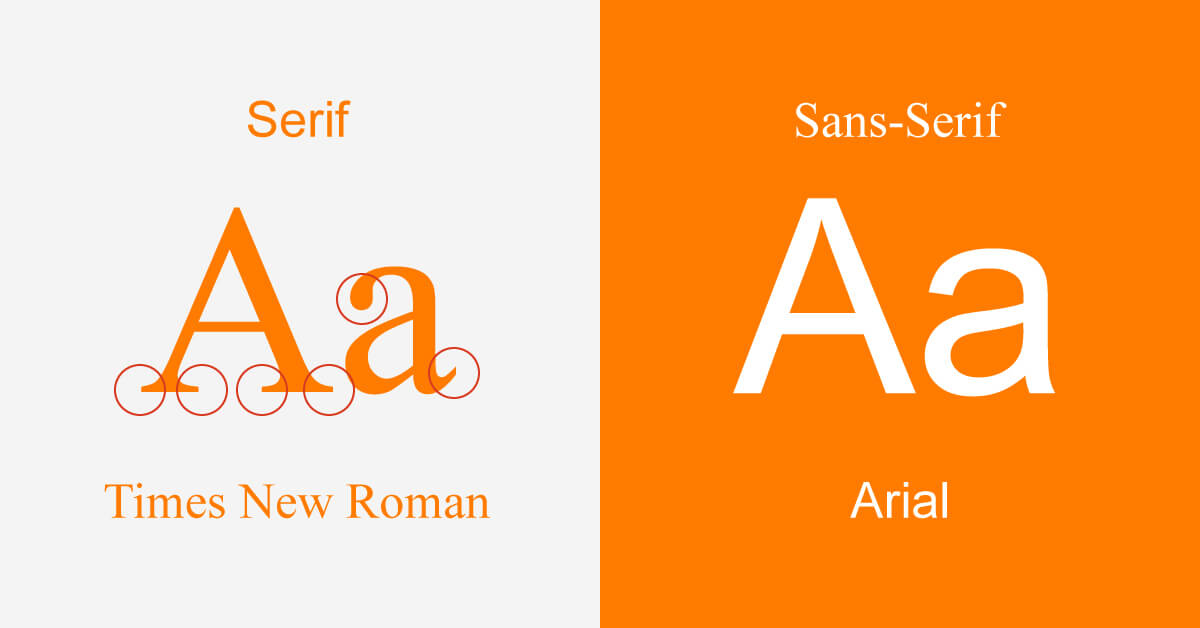Blog
Graphic Design Glossary for Business Leaders: Common branding elements & definitions
|

Blog
Graphic Design Glossary for Business Leaders: Common branding elements & definitions|

Strong graphic design and data visualization is essential to strategic communication to cut through the digital content clutter and capture audience attention. The increased need to support communication with visual elements requires business leaders and their teams to understand commonly used graphic design terminology and branding elements.
Understanding these key terms empowers leaders and communication teams to collaborate more effectively with designers. Better collaboration enables the organization to create and distribute visual communication that makes the business stand out and informs, motivates and inspires audiences.
Beehive’s Graphic Design Glossary for Business Leaders includes common branding elements and terms to know.
Brand guidelines
Brand guidelines are the rules and guidelines for using graphical elements of a brand (e.g., logo, brandmark, typography). These are commonly compiled into a corporate identity manual.
Brand identity
A brand identity includes all of the visual elements (e.g., logo, colors, typography) an organization uses to visually represent itself to its audiences.
Brand mark
Most corporate logos use a combination of words and images. A brand mark is a symbol or graphic element used in the logo, isolated without any words or letters. A popular and well-known brand mark is the Nike swoosh. Nike’s corporate logo includes the brand’s name, but the brand mark can stand alone to represent the company visually.
Campaign identity
A campaign identity is the visual look and feel created for a specific marketing or communication campaign or internal initiative. A campaign’s guidelines may vary slightly from the company’s brand guidelines. The campaign identity may emphasize secondary brand colors for the primary campaign theme. It may also use newly created icons or other visual elements developed specifically for the campaign.
Color codes
Color codes are a way for computers to read, interpret and display or print a color correctly. The most common color code formats include CMYK, HEX, PMS and RGB.
- CMYK (Cyan, Magenta, Yellow, Black): The four basic subtractive process colors used in printing. Designers most commonly use CMYK when printing full-color brochures, flyers, posters and related print materials.
- HEX: Designers use HEX colors in web design. HEX is a six-digital combination of numbers and letters that tells the computer exactly how to display the color.
- PMS (Pantone Matching System): Designers and printers use the Pantone Matching System (PMS). Designers often use PMS codes when printing items with one or two colors only.
- RGB: Designers use RGB for displaying colors on screens (i.e., RGB isn’t used for printing onto paper), including on computers, mobile devices and TVs.
Color theory
Color theory considers the psychology, culture and legibility of colors to help designers choose which ones best support a message across diverse cultures, global regions and learning styles. It also considers which colors will be easiest to read for audiences with varying optical ability.
Corporate identity manual
A corporate identity manual outlines brand guidelines, the rules and guidelines for using graphic elements of a brand (e.g., logo, brandmark, typography). The purpose of a corporate identity manual is to maintain a cohesive and effective brand identity across all communication channels. Organizations share their corporate identity manuals with anyone who may create and distribute content, collateral or products displaying the company’s brand. Sometimes businesses present these in the form of a branding deck.
Corporate logo
A corporate logo is a graphic symbol that visually represents an organization. Audiences identify companies by their logos — and often begin to attach emotional meaning to them as they become familiar with the logo and the organization. A corporate logo differs from logos created for particular products or segments of the business. For example, Mayo Clinic has its widely recognized corporate logo and a logo for Mayo Clinic Laboratories, a segment of the organization.
Creative brief
A creative brief succinctly outlines the strategy for a creative project. It includes details about the business need, targeted audience(s), tone of voice and desired outcomes — all critical elements to a strategic design process.
Design accessibility
Design accessibility considers whether all users can access and use a website, product or service. It specifically focuses on designing experiences that people with disabilities can access and use effectively. Some common design accessibility standards include providing text alternatives for images, using strong color contrast between font color and background color, and avoiding images that are all text.
Design formats
Designers can choose from various design formats when deciding how best to convey a message visually. The format chosen depends on the complexity of the information, the target audience and the channel in which the organization will share it (e.g., website, social media, printed collateral).
Common design formats include:
- Charts and graphs
- Flow charts
- Infographics
- Presentations
- Process diagrams
- Roadmaps
- Social media graphics
- Visual reports
Design specs
Design specs provide detailed information about how an organization needs to design, develop or print visual elements. These specs could include required dimensions, resolution (quality), colors and character styles. Design specs are especially important when designers work with website, software or product developers to fit the design into an already-built framework.
File types
Designers must use the correct graphic or image file type for the intended purpose. Using the wrong file type could result in an image that looks fuzzy on a website, a graphic that doesn’t display properly in an email or a brochure that prints poorly. Here are some key differences between popular file types.
- AI: Adobe Illustrator design files, type of native file, contains vector images
- EPS: Includes individual vector design elements that make up larger vector images
- GIF: Animated images, pixel-based
- INDD: Adobe InDesign design file, a type of native file
- JPG: Used for quick design previews and web and print photos, pixel-based
- PDF: Used for print files and web-based documents, contains vector images
- PNG: Transparent images (i.e., no background), pixel-based
- PSD: Adobe Photoshop design files, type of native file, pixel-based
- SVG: Used for web publishing, contains vector images
- TIFF: Used for high-quality printed graphics, pixel-based
Gradient
Gradients are a popular design trend that gradually blends from one color to another color – and sometimes to additional color(s). The trend is popular today because gradients are versatile and modern; they add depth to design, and can be bold or subtle and capture an audience’s attention.

Icons
Icons help organizations visually convey meaning to help audiences quickly understand a message. For example, companies often use icons throughout their websites to improve the user experience and help people easily understand the content communicated. Organizations can also develop icons, for example, to represent each of the company’s values to help businesses communicate and reinforce them with employees.
CASE STUDY | Minnesota Medical Association

Beehive developed icons to reinforce key messages and enhance Minnesota Medical Association’s COVID-19 communications.
Native file
A native file is the original design file where a designer created a graphic or image, such as Photoshop (PSD) or InDesign (INDD). It typically includes design elements, such as layers and text styling, that people cannot edit in other software programs (like PowerPoint). Designers should always have access to native files in order to edit existing design assets.
Pixels
Pixels are tiny colored squares that, together, form a picture. An image is higher resolution (i.e., higher quality) when there are more pixels per inch. Raster images (which differ from vector images) use pixels. Raster images cannot scale up or down without losing quality in the way a vector image can. Common file formats that use pixels are JPG, PNG, GIF, TIFF and PSD. These file formats are all raster images.
Typography
Typography is how companies choose to arrange and style letters and text to make it clear, visually appealing and easy to read. Typography includes the various fonts, styles and colors the business uses across all of its company-published communications. Designers, when discussing typography, will often talk about serif and sans-serif fonts. Serif fonts include small embellishments on each character (e.g., Times New Roman), while sans-serif fonts do not include these small embellishments (e.g., Arial).

User experience (UX)
UX is how a person interacts with an organization and its products and services — and what that experience is like for them.
User interface (UI)
UI is the interface (e.g., a web page or app) that a person uses to interact with a product or service. UI design often refers to graphics and visual elements used to create an appealing and easy-to-use interface (e.g., visual design, colors, graphic design, layouts and typography).

What’s UX/UI?
UX/UI is a common acronym for “User experience/user interface.” People often mistakenly use the two terms interchangeably, but they mean different things. However, the goal of UX/UI is to create user interfaces that enable a positive user experience.
Vector images
Designers create vector images and art using mathematical formulas that establish points, lines, curves and shapes on a grid. The benefit of vector images is that they can be scaled however small or large the organization needs without sacrificing quality. (This differs from popular file formats like JPG, PNG, GIF and PSD, which cannot scale without losing quality.) Vector images are commonly found in SVG, EPS, PDF and AI graphic file formats.
